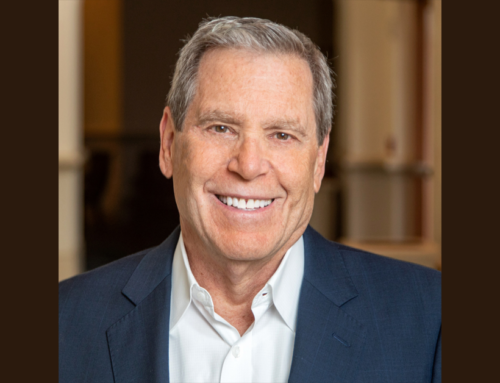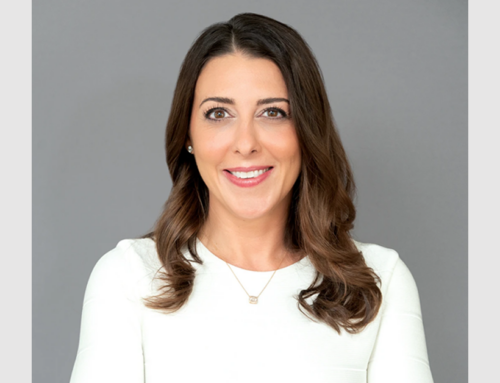One of your main roles as a financial advisor is to help your clients change their behavior. This could be helping them to save and invest more money, helping them get their spending under control, helping them not make a bad emotional based decision that messes up their investment plan, or helping them make better choices on how to use their money to improve their life.
Historically, financial advisors have tried to help change clients’ behaviors through education. This could take the form of conversation, articles, podcasts, seminars, or other communication methods.
Unfortunately, this is not always successful.
People often times know what they need to do to reach their goal, or know what the “right decision” is, but they still don’t do it. It’s that old knowing-doing gap idea. And much of the popular literature about how to create better habits and change your behavior, are, unfortunately, based on weak science.
The good news is, there is solid scientific research on how to change behavior and stick with this new behavior…and we’re going to discuss it in today’s podcast.
My guest, Sean Young, is on the leading edge of this research. Sean is Associate Professor at the School of Medicine at UCLA, a Wall Street Journal best-selling author, and Executive Director of the University of California Institute for Prediction Technology and the UCLA Center for Digital Behavior. Sean’s new book, “Stick With It,” details a “scientifically proven method for changing your life — for good.”
To continue reading the rest of this post, please register below with your email address.
5 Insights from Sean Young on how to “Stick with It”
1. Know the “ABCs” of the behavior you want to change.
“In ‘Stick With It,’ I talked about the three different types of behaviors, what I call A, B and C behaviors:
- A behaviors are automatic, things that are done automatically without us being aware that we’re doing it. For example, if we’re having a conversation and I’m interrupting you and I don’t realize it, that’s an A behavior. It’s an automatic behavior. It happens without my awareness.
- B behaviors are burning behaviors. These are behaviors where we’re aware of what we’re doing but we feel like we can’t stop. The way most people talk about addiction, ‘I feel like I’m addicted to this,’ those are usually burning behaviors. ‘I feel like nothing’s going to stop me from doing this.’ That’s a burning behavior.
- C behaviors are the most common behaviors. They’re often due to motivation. So with the C behavior, I’m aware of what I’m doing and I have conscious control over it, but other things get in the way. For example, I want to be able to exercise, I want to be able to go out and recruit more clients for my business, but I have other work that I got to get done, or an email came up. Other things get in the way. I’m aware of what I want to do and should be doing, but other things come up.”
2. Apply the right mix of the “Seven Forces” to the A, B, or C behavior you want to change.

Sean Young: First figure out if something’s an A, B or C behavior and then second, use the correct tools for changing that type of behavior.
“I created this framework, which I call ‘SCIENCE,’ where each letter is a different one of the Seven Forces driving your behaviors. It’s not called ‘SCIENCE’ because you need to be a scientist or a doctor to know it. This framework is rooted in decades of scientific research. It comes from decades of psychologists and scientists, as well as from my own research with UCLA patients in the medical school, with our research participants in business and consulting work, and my own life.”
- Stepladders – The idea of doing things in small incremental steps.
- Community – What other people are doing has a big influence on us.
- Important – If something is important to us, we will be more likely to do it.
- Easy – The easier something is, the more likely we are to do it.
- Neuro-hacks – Quick, mental shortcuts that can get us to think and act in ways we’ve never been able to before.
- Captivating – The reward for changing our behavior needs to be truly captivating for the change to stick.
- Engrained – If things happen repeatedly, and if we do them routinely, they become engrained in our brains, and easy to do.”
The key to changing the behavior and sticking with it is to apply the right mix of the Seven Forces to the A, B, or C behavior.
3. Change starts with action.
“There are a lot of books and speakers out there saying that change starts in your mind. ‘If you want to be successful, if you want to be able to make a change in your life, change it in your mind. If I want to be able to get more clients for my business or if I want to sell more products, then visualize it, believe that I can do it and really focus and know that I can be able to make this change.’
Well, there’s a reason why people keep going back to these speakers and people keep reading more and more of these books, because what we’re taught with this is the way to be able to stick with things is to feel motivated, to believe that I can do it and to feel that motivation. But motivation is a temporary feeling. It comes and it goes. If you really want to stay engaged and do something long-term, we have to have a process for getting ourselves to stick with something no matter how we feel.”
4. Start with a small Step, build towards a Goal, achieve a Dream.
“I quantify how small something needs to be in order to be what I call a Step, Goal, or Dream.
Say you want to run a marathon:
A Step would be, go get a pair of running shoes. I can do that today. Or, go for a walk if I’m not used to running.
Goals are things that take one to three months to do. So if I’m trying to get myself to exercise and I exercised once a month this past year and I now make this New Year’s resolution for the new year coming up that I’m going to exercise, I can’t say I’m going to exercise and run an hour every day. Exercising three days every week for a month would be a Goal.
A Dream is something that takes more than three months to achieve. So for me, running a marathon would be a Dream. If you want to build a thriving business, maybe having a certain amount of sales would be a Dream. It will take time.
By breaking things down like that into Steps, Goals and Dreams, making it quantifiable, and making it a small and incremental process, then we can get ourselves to stick with things that we want to be able to do and be on the path toward that Dream that we’re visualizing and believe in.”
5. Lasting change requires a community.
“You need a certain amount of people doing something in order to create a change in a trend, in order to create a tipping point for it. So we leverage that science when we create our communities for change.
If we want to get people to be able to be better at spending the way they want and restrict their spending the way we want, we’d recruit some role models, and they don’t have to be celebrities, it can be just people who generally have been known or can tell their stories about how they’ve turned their lives around, or been able to be better at budgeting. We build these communities with them either in person or online. Most of what we do is online.
Then we make sure that at least 15 out of 100 people in the group are going to be these role models. That science is important because if you’ve got a group of 100 people and only one person is talking about his or her success at budgeting, it’s not going to be enough to influence the rest of the group. It’s not going to create that trust, it’s not going to create that social magnet, it’s not going to create the diffusion, it’s not going to get other people changing the way it would if we have about 15 out of 100 people who are those role models.”
Resources
– Sean D. Young, PhD Visit Sean’s website and connect with him on social media.
– Connect with Sean on Twitter.
– “Stick with It” Buy Sean’s book.
– Values Clarification Toolkit Click here to download this FREE tool and start living your values.





